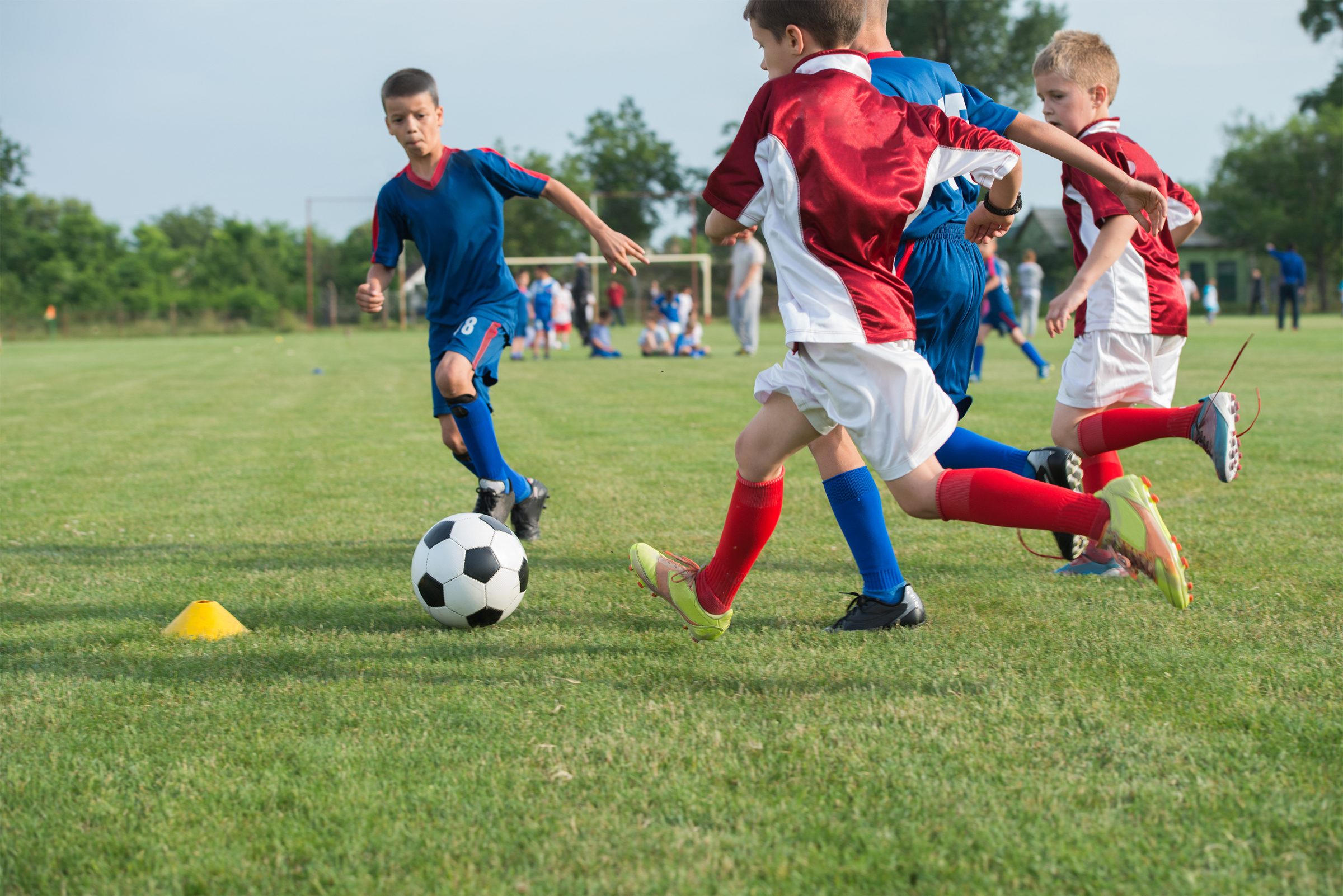AAP emphasizes personal hygiene to curb youth sports-related infections
Click Here to Manage Email Alerts

Pediatricians are encouraged to screen youth athletes for skin conditions and infections that could be transmitted to their teammates, and dispense cautionary advice regarding proper personal hygiene and sanitary sporting equipment, according to joint clinical report from the AAP Committee on Infectious Diseases and the Council on Sports Medicine and Fitness.
“Joining an athletic team is a fun, physically challenging and healthy way for kids to practice teamwork and sportsmanship, but they do need to understand the importance of good hygiene,” H. Dele Davis, MD, professor of pediatric infectious diseases and public health at the University of Nebraska Medical Center, said in a press release. “Besides showering and washing hands, athletes should be discouraged from sharing their water bottles, towels, mouth guards or other personal items.”
The report notes several infections that are commonly spread through participating in sports, most of which are transmitted through skin-to-skin contact (MRSA, group A streptococcal skin infections, etc.), contaminated food or water (Escherichia coli, norovirus, etc.), respiratory droplets (influenza, pertussis, etc.), airborne particles (varicella, measles, etc.) or certain vectors (eg, ticks).

Although blood-borne pathogens such as hepatitis B or HIV are of concern in some sports, no validated reports of infection from these activities exist. Additionally, Davies and colleagues stress the importance of remaining up to date on vaccinations.
These recommendations come with the knowledge that 10% to 15% of injuries sustained by college-level athletes that require the athlete to take time off include the presence of an infectious disease.
“Some of these germs can be picked up in weight rooms, on mats and in locker rooms,” Mary Anne Jackson, MD
The researchers suggest reducing the risk of infection in student athletes through the following steps:
- Educate athletes on the importance of washing uniforms and refraining from sharing personal items such as water bottles and razors, along with other ways to promote personal hygiene;
- Form a plan with athletes regarding the cleaning and maintenance of their equipment and sporting environment that align with previously published guidelines from the American College of Sports Medicine;
- Inform athletes of the proper management of blood and other bodily fluids that may cause infections, similar to how hospitals prevent hospital-associated infections; and
- Screen athletes on a regular basis during practices, as well as before and after competitions.
“The best thing coaches can do is identify the problem early, even if it is something as benign-looking as a cold sore, so they can prevent its spread,” Stephen G. Rice, MD, PhD, MPH, from the department of pediatrics at Jersey Shore University Medical Center, said in the release. “We want the students not only to participate in sports, but to have a good experience.”– by Katherine Bortz
Disclosure: The researchers report no relevant financial disclosures.
